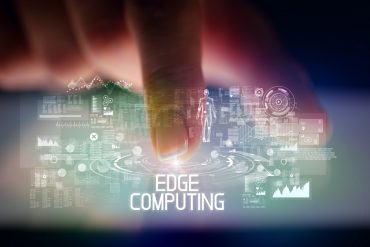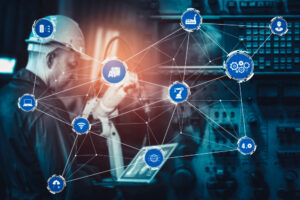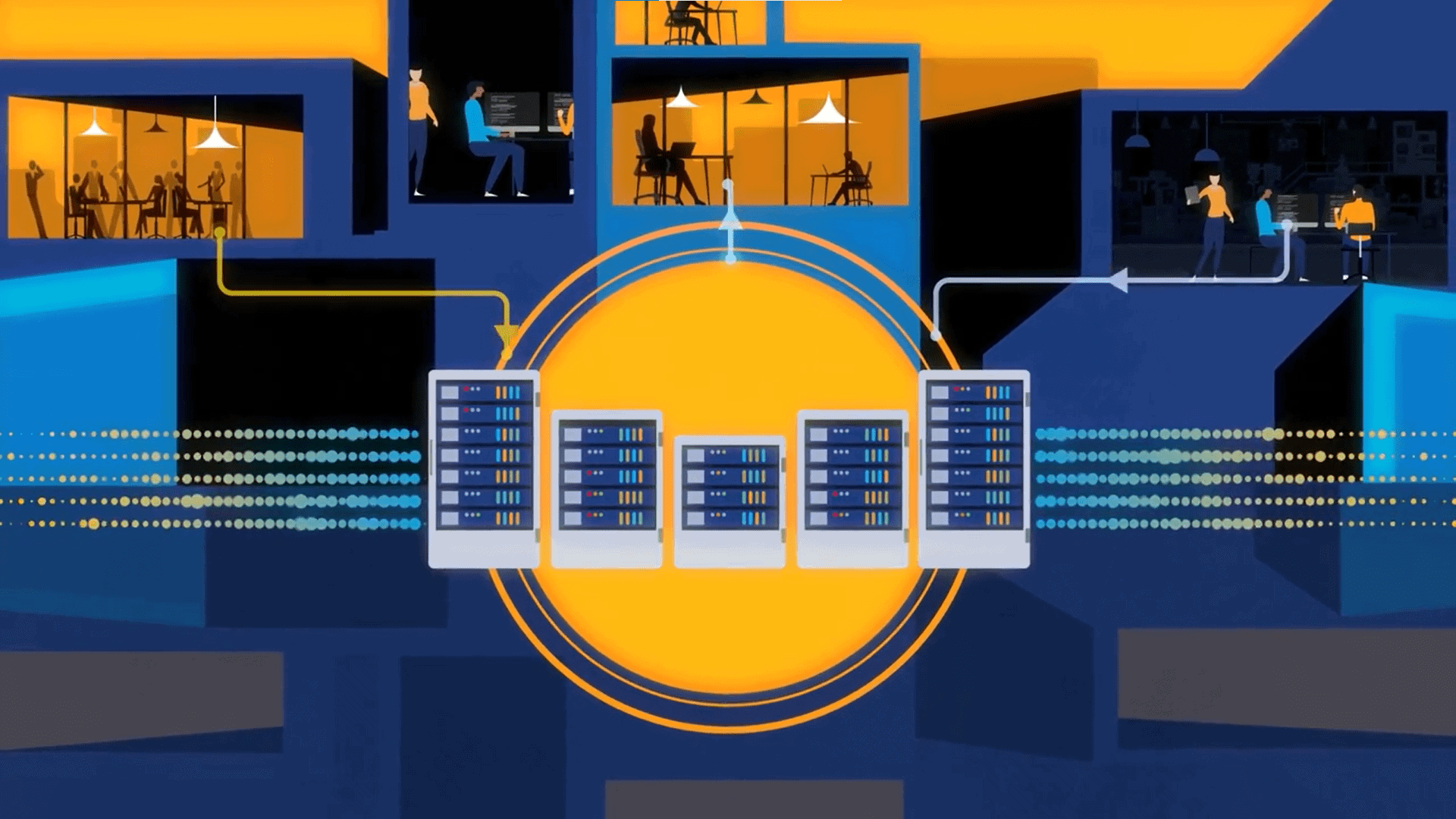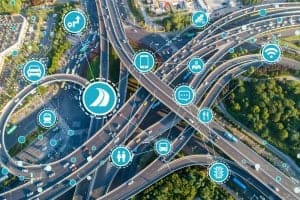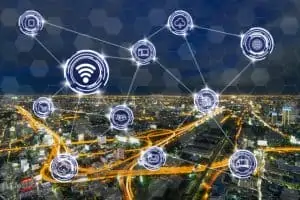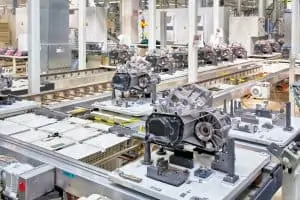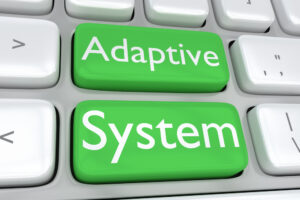
The industry is now entering a phase where adaptive edge intelligence is less about the speed of a decision and more about autonomy.
For years, discussions about edge computing have focused on one dominant metric: latency. The closer you process data to where it’s generated, the faster you can act. That logic has powered countless edge initiatives across manufacturing, utilities, transportation, and retail. But as these systems mature, a new question is emerging: what happens when “fast” isn’t enough?
We’re now entering a phase where adaptive edge intelligence is less about speed and more about autonomy. It’s the ability of distributed devices and systems to make thousands of tiny, context-aware decisions without waiting for direction from the cloud or a central controller. Some call such actions autonomous micro-decisions.
See also: Real-Time Decisions at the Edge: Adaptive Edge Intelligence Use Cases Across Industries
Adaptive Edge Intelligence Requirements
In traditional architectures, the edge reacts locally but relies on the cloud for guidance and direction. For example, a factory robot might detect a vibration anomaly and pause operation, but the larger decision about process adjustment comes from a centralized analytics model. In the new model, the robot could self-calibrate, taking into account its workload, historical vibration patterns, and the behavior of nearby machines.
This evolution mirrors biological systems that are based on reflexes first and then learned behavior later. The edge is gaining reflexes that improve over time, supported by machine learning models that adapt locally. These are systems that react faster and think smaller, learning closer to the data source.
To enable this, architectures are shifting toward localized intelligence loops. Instead of funneling every data stream upward, edge devices can analyze trends, adjust thresholds, and even retrain micro-models on the fly. This demands a few key building blocks:
- Lightweight inference: Edge devices are increasingly running compact, optimized models, such as TinyML and quantized neural networks, that deliver good-enough accuracy without heavy compute loads.
- Contextual awareness: Sensors and edge nodes now integrate time, environmental data, and inputs from neighboring nodes to make more informed decisions.
- Federated feedback: Instead of one massive global model, edge systems collaborate. Devices share parameters, not data, ensuring privacy while improving collective intelligence.
Practical applications and results of such a system could include a power substation that reroutes load locally during a spike, or a logistics drone that autonomously adjusts its route when wind speed changes, all of which is done without needing a round-trip to the cloud.
See also: How Kafka and Edge Processing Enable Real-Time Decisions
The Payoff and the Risks
Autonomous micro-decisions can dramatically improve resilience and efficiency. In manufacturing, they reduce downtime by allowing machines to adapt before failures cascade. In smart cities, they help traffic systems self-optimize in real time. In energy grids, they localize problem-solving, minimizing blackouts and improving reliability.
But autonomy introduces complexity. Systems that adapt locally can drift from the global optimum. If every edge node “learns” in isolation, coordination issues may arise. Two nearby robots could make conflicting adjustments. Governance, explainability, and consistency across distributed systems are emerging challenges.
To address these issues, what is needed is adaptive orchestration, which is a hybrid model where the cloud sets the broader rules, and the edge applies them flexibly. Just as human teams balance central strategy with local discretion, so too must machine ecosystems.
The Path Forward
Organizations exploring adaptive edge systems should start small. They should identify processes where decision latency is most painful and test local autonomy in those areas. The measure of success is not just speed, but also the quality and resilience of the decisions.
The coming years will redefine what “intelligence at the edge” means. It won’t just be about processing faster. It will be about thinking smarter at smaller scales. As adaptive edge intelligence matures, expect distributed systems to sense, decide, and evolve autonomously.


